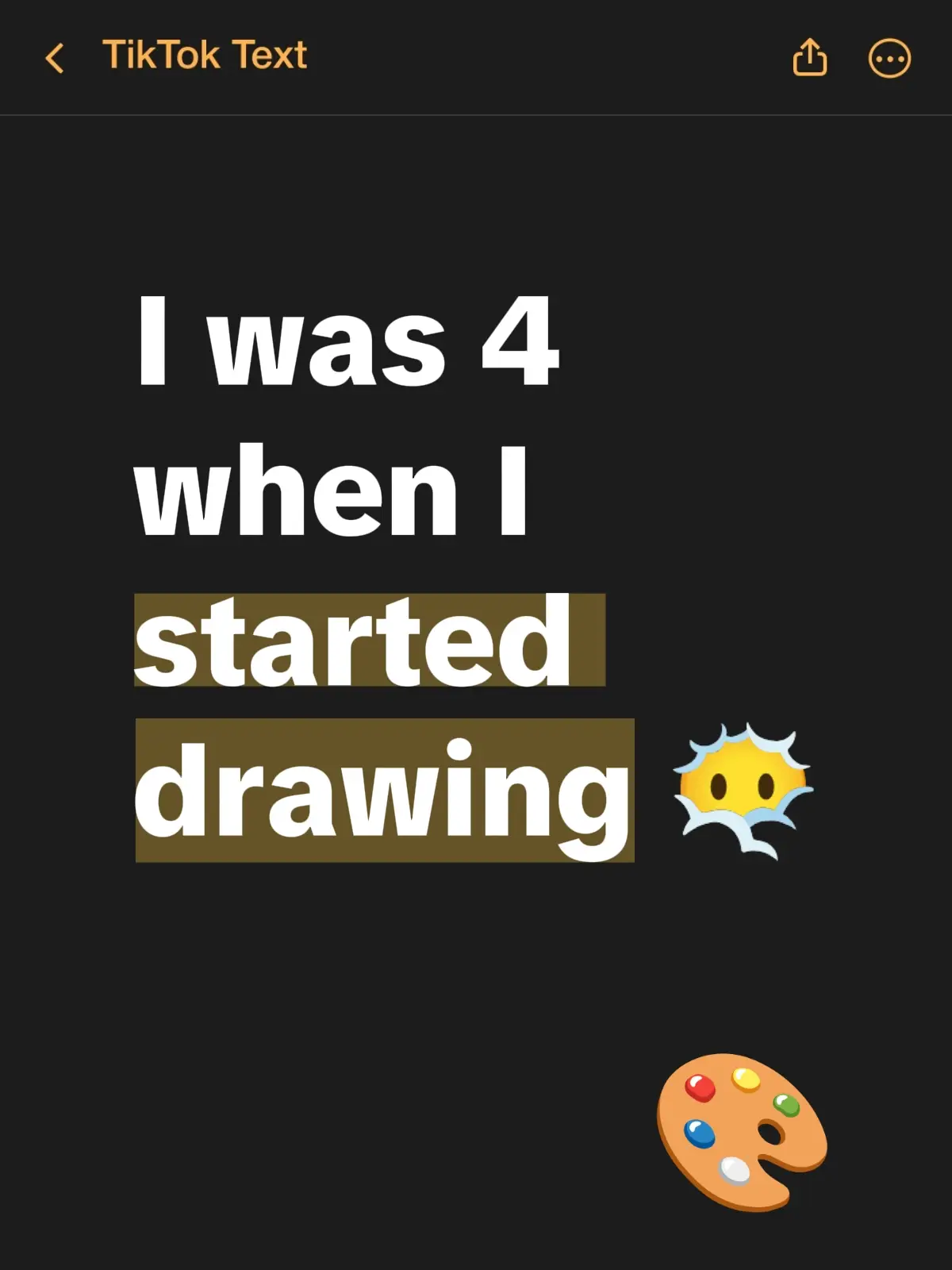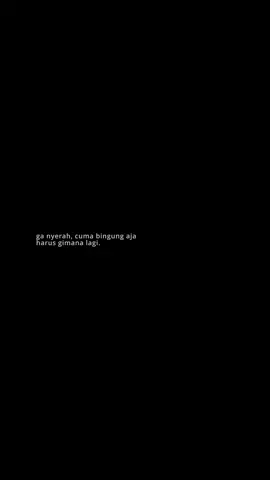León Ferro
Region: MX
Thursday 28 August 2025 16:49:54 GMT
4725
159
20
49
Music
Download
Comments
nicolasa sanchez365 :
estamos con Tigo Marta Zepeda ya sabemos gracias eres tan linda al decir la berdad
2025-08-29 02:06:21
3
Lorena Rodriguez Gar :
👏👏👏así es exactamente maestra 👏👏👏estamos con fuerza naranja 🍊👏🏽👏🏽👏🏽🧡
2025-08-28 18:20:48
3
mencrod :
ESO es berda sacan del Camino
2025-10-20 02:51:26
1
martha :
las amamos Martha y Gris. No están solas
2025-09-10 15:00:16
2
Cecilio :
Nuestro apoyo a Griselda y Martha Zepeda 👍
2025-08-28 18:17:20
7
Aj Rivera :
Pero si se aprobaron el dinero en la última sesión de Cabildo o no?
2025-08-30 20:33:52
1
frackballe :
El 15 por ciento saben quiénes mueven los hilos en Colima
2025-08-29 00:12:19
2
user1095758607276 :
La pura Verdad
2025-08-29 05:58:56
2
miguelfigueroaf :
Siempre es fundamental acompañar de pruebas todo lo que se expresa.
2025-08-29 03:08:52
3
Ita :
Es verdad lo que dice Martha...Apoyo incondicional a Martha y Griselda..
2025-08-29 05:14:45
4
Adela Del hoyo :
se tenía que decir y se dijo
2025-08-28 20:14:18
2
García :
tristemente para Indira, porque está haciendo mucho daño
2025-09-04 23:43:50
3
Cristian Aguilera :
😁
2025-10-16 01:49:30
1
Aracelyavloa :
😁
2025-09-05 21:53:39
1
Adan :
♉♉♉♉♉
2025-08-29 01:46:01
1
mencrod :
A eso no pasa porque sienpre ai mugre Que se tapan entre ellos
2025-10-20 02:52:14
1
user9730940927835 :
algo muy cierto si dijo la Gobernadora y la mustia bayardo están acabando a colima y manzanillo indira quiere dejar a tontina en su lugar y la cuide
2025-08-29 04:55:15
2
julio enrique cardenas anguian :
con yodo respeto usted a tapado cualquier fregadera con politicos y hasta con su familia que todavia son una bola de corruptos y a usted no se le olvide las cosa que ha hecho
2025-08-30 05:55:37
1
chicha :
de qué se admira si así desde siempre a pasado sexenio tras sexenio llamese ell partido político que sea
2025-09-14 19:00:18
0
Martha :
hipócritas roban y culpan a los de más, y pone sucara de yo no fui , pregunten a los ciudadanos de manzanillo , pero no a los que les da favores , ese partido naranja le quedó muy bien a esta señora
2025-08-29 01:35:04
0
To see more videos from user @leonferro4, please go to the Tikwm
homepage.





